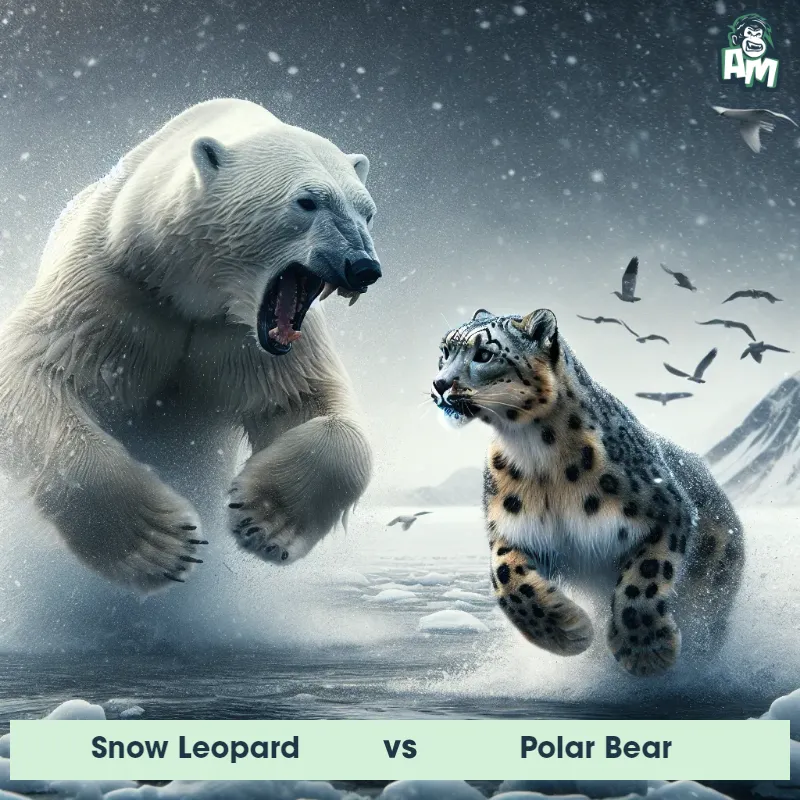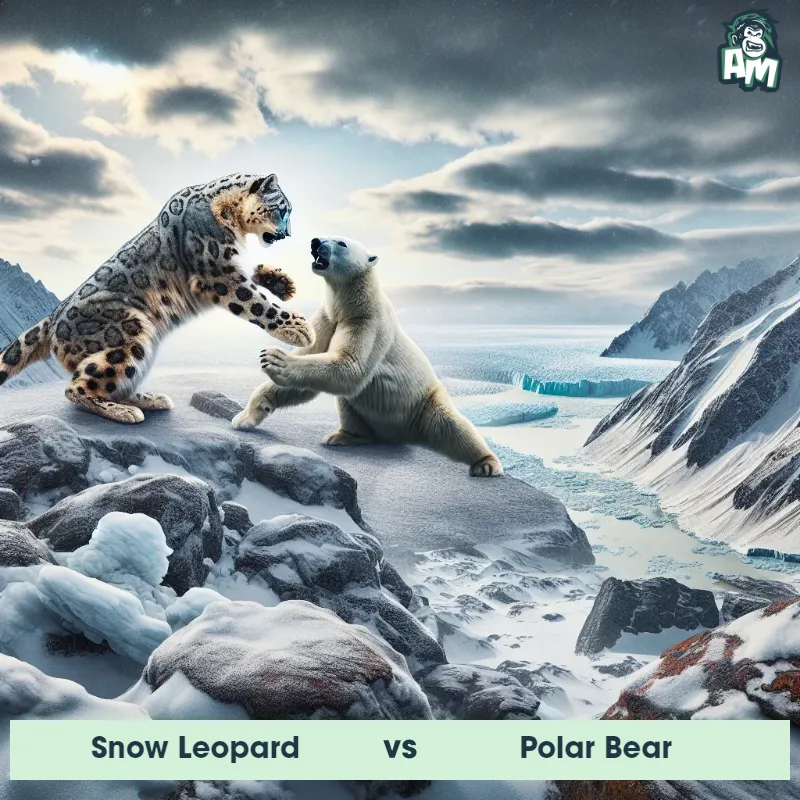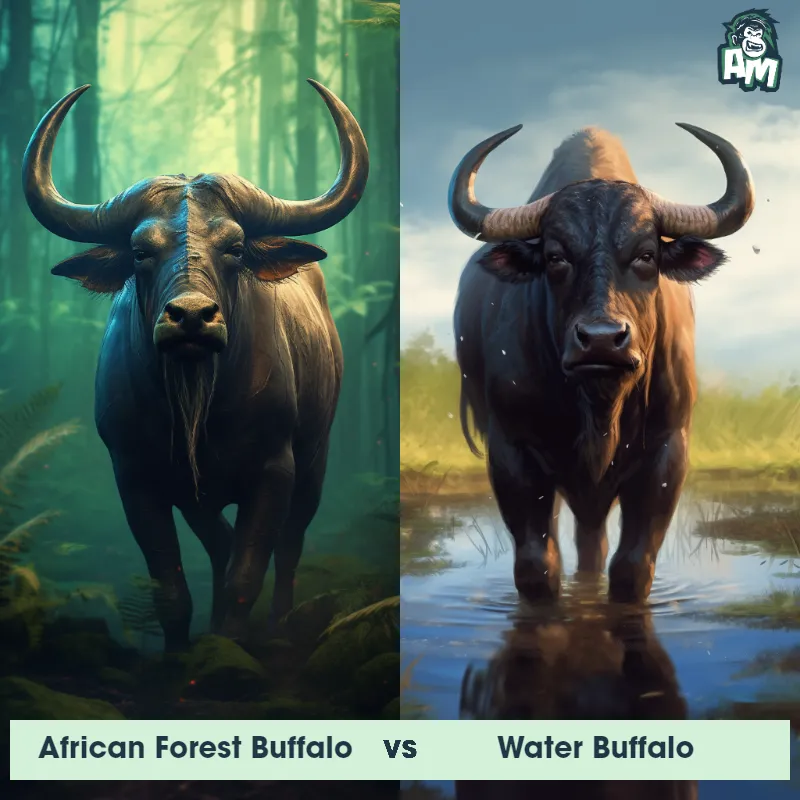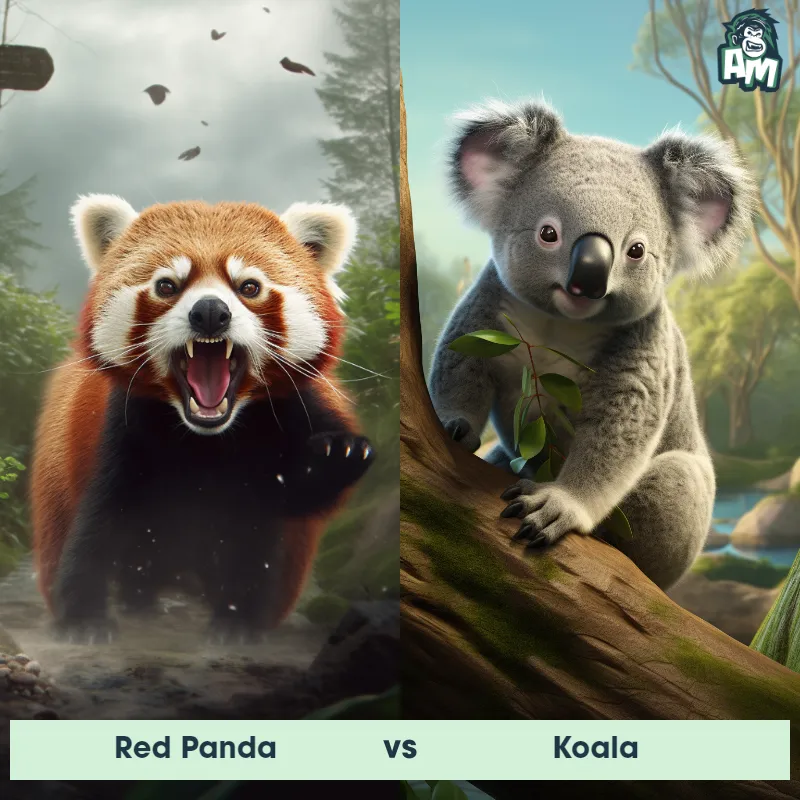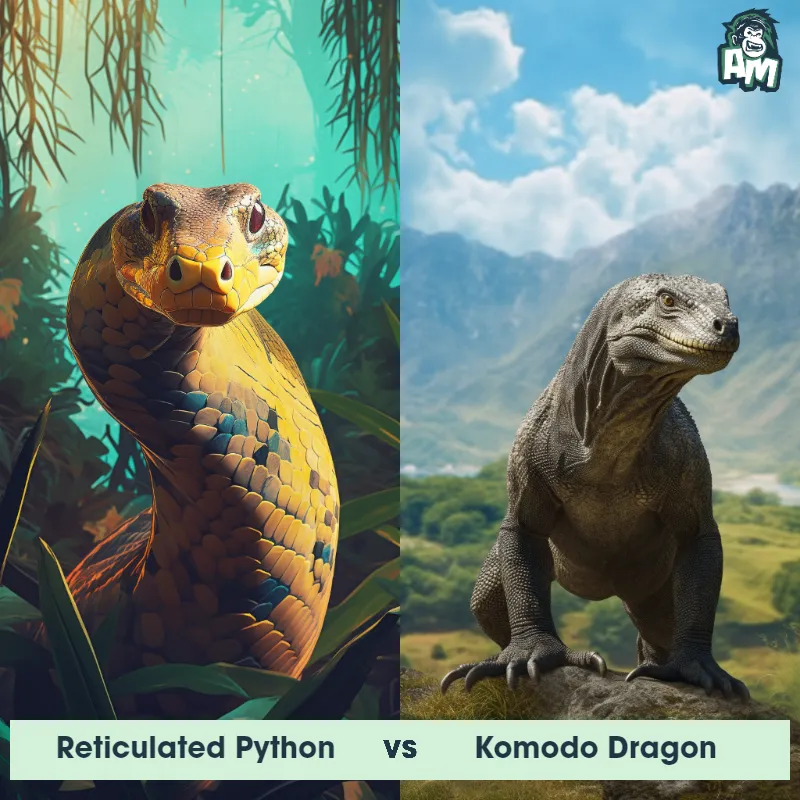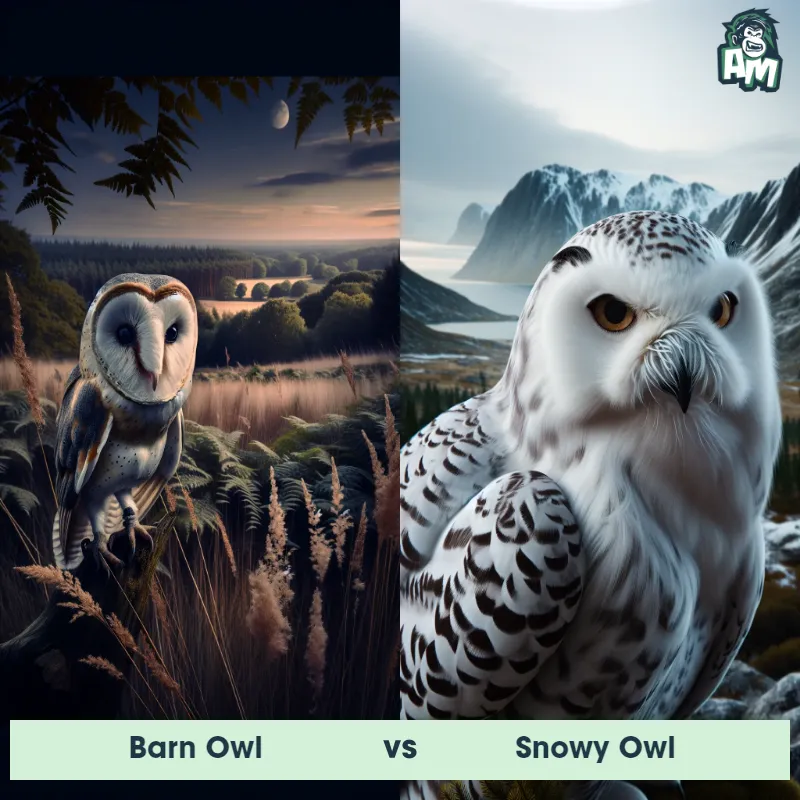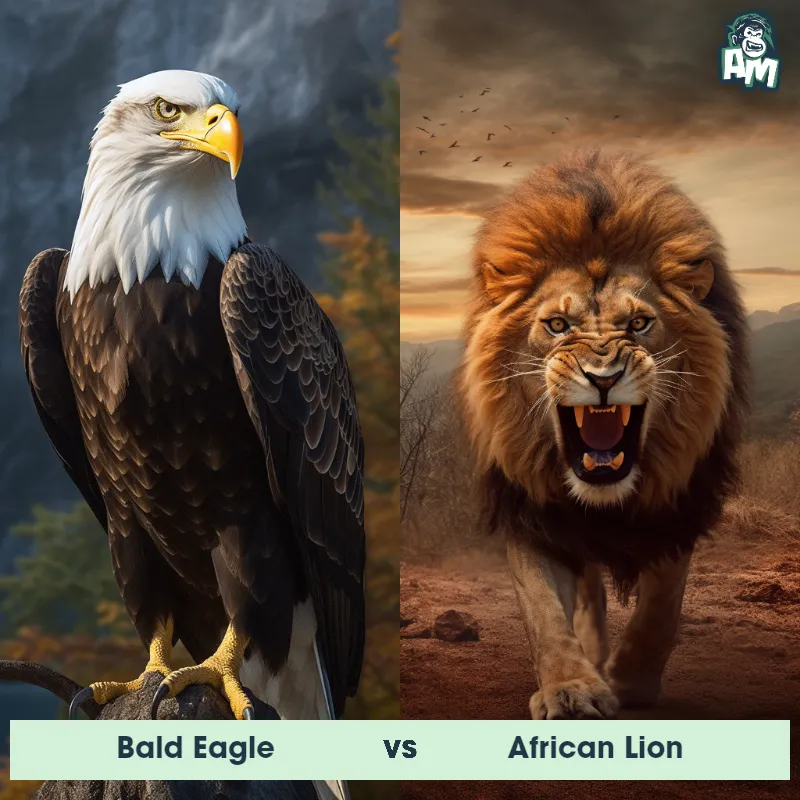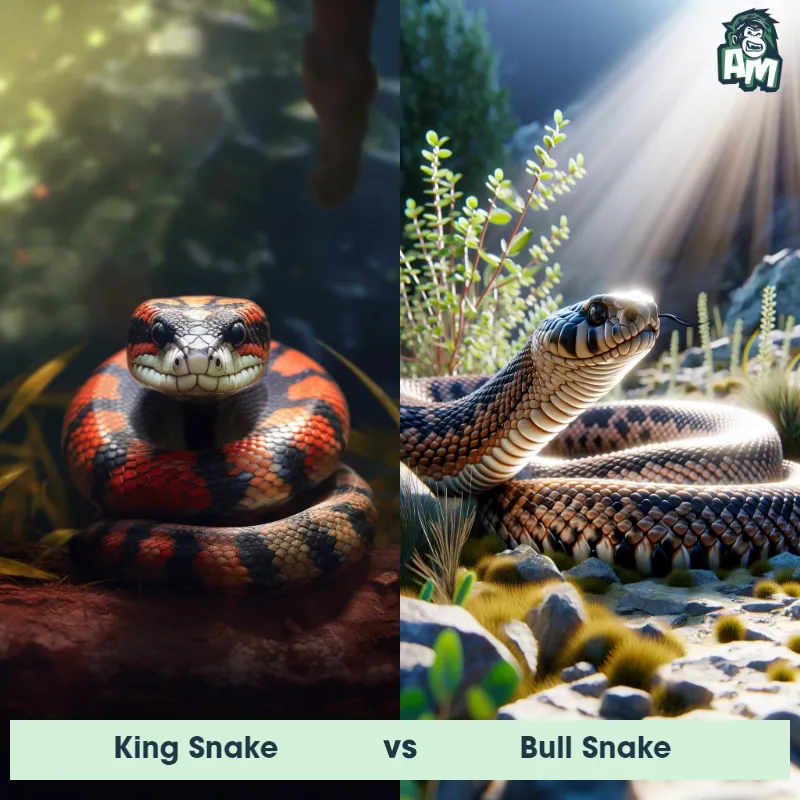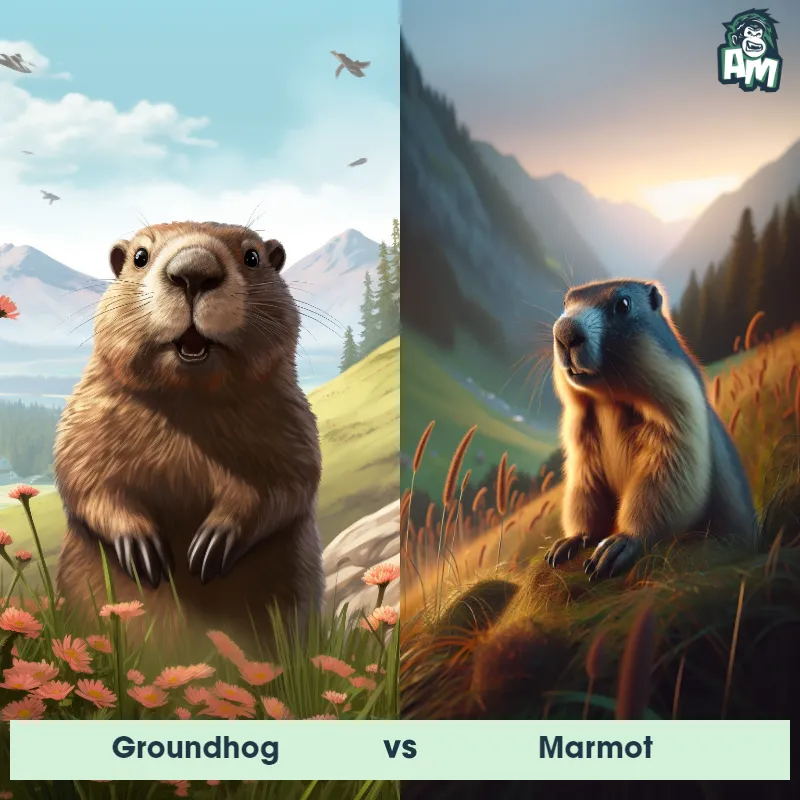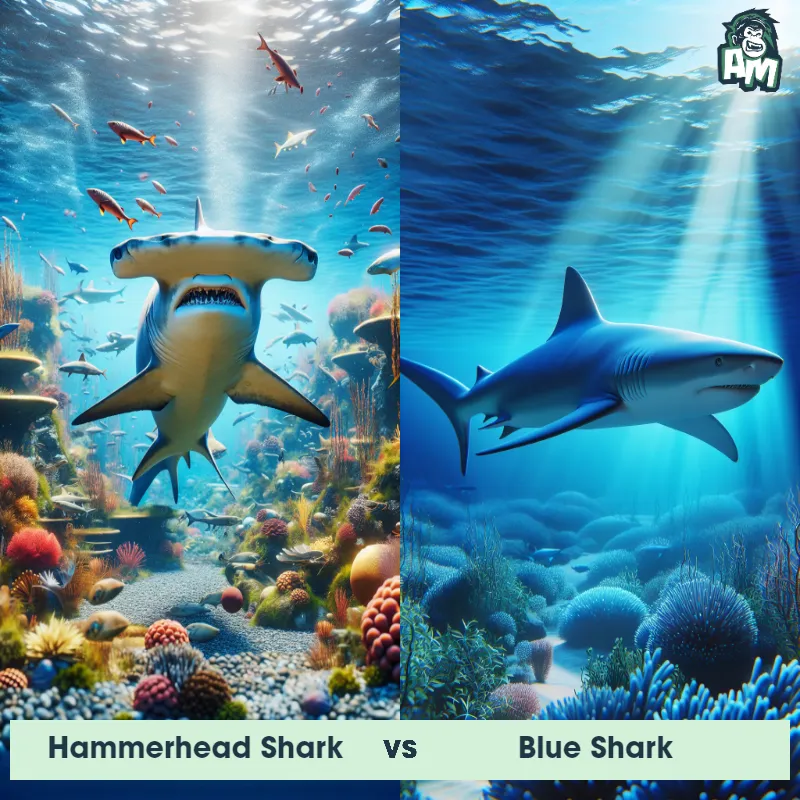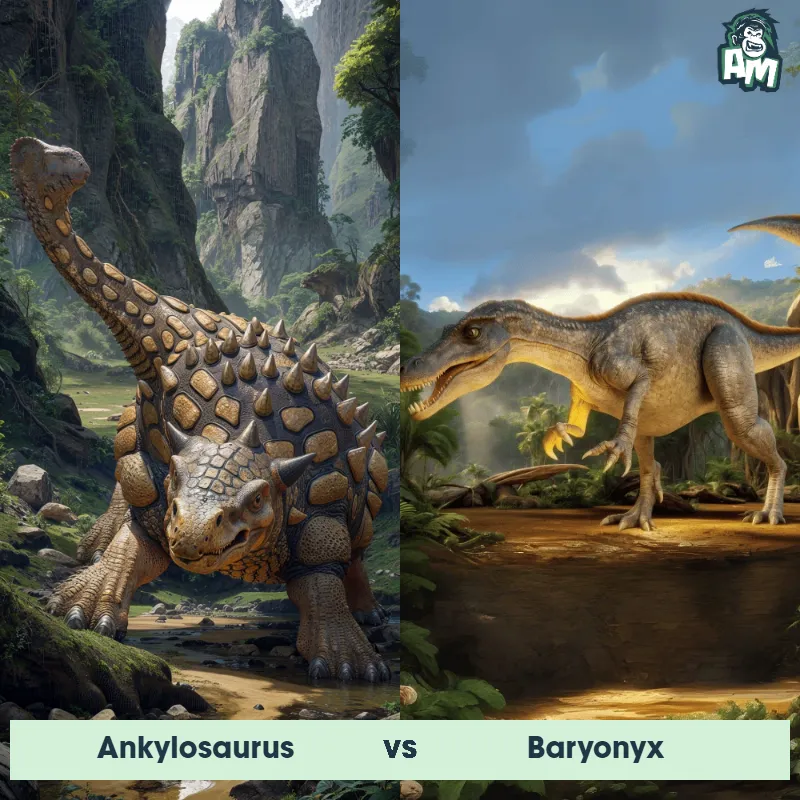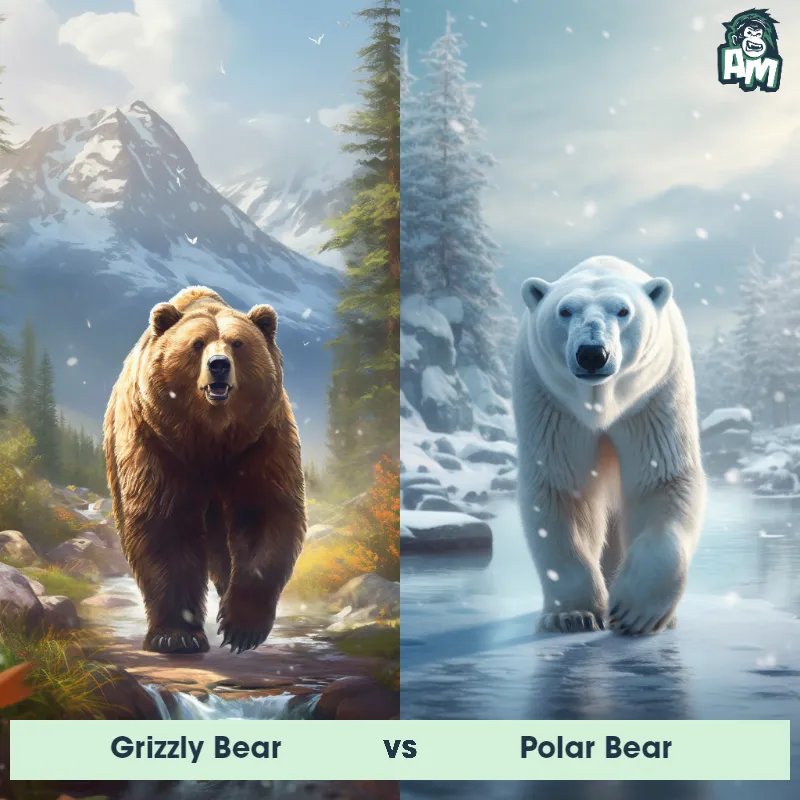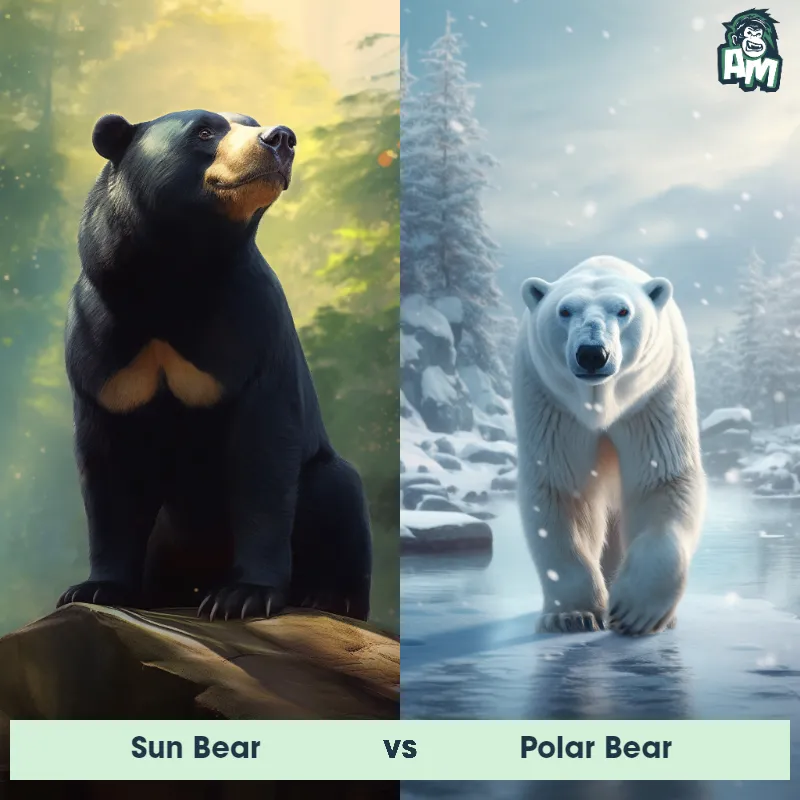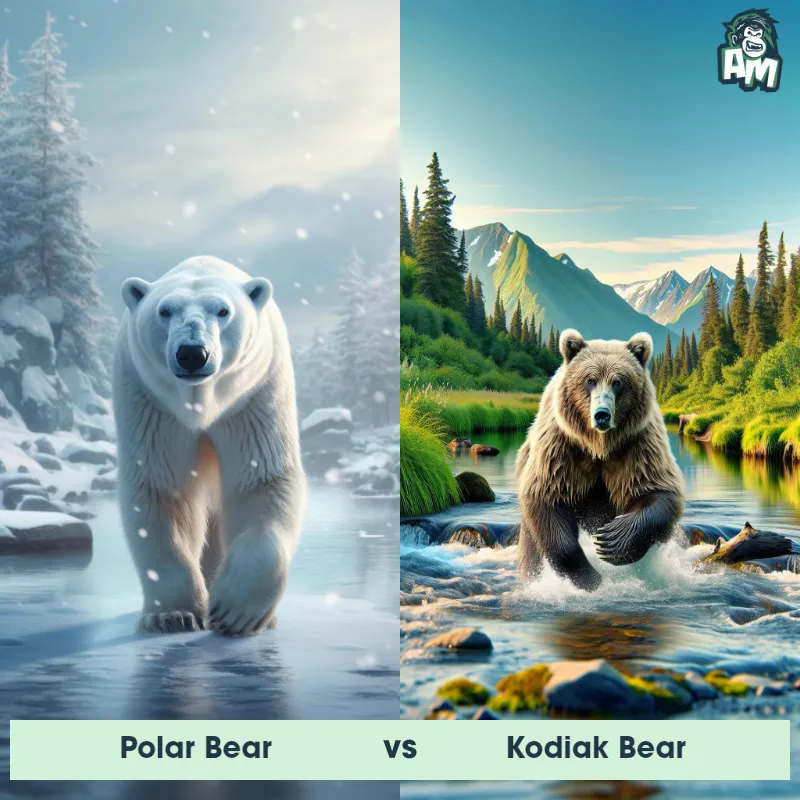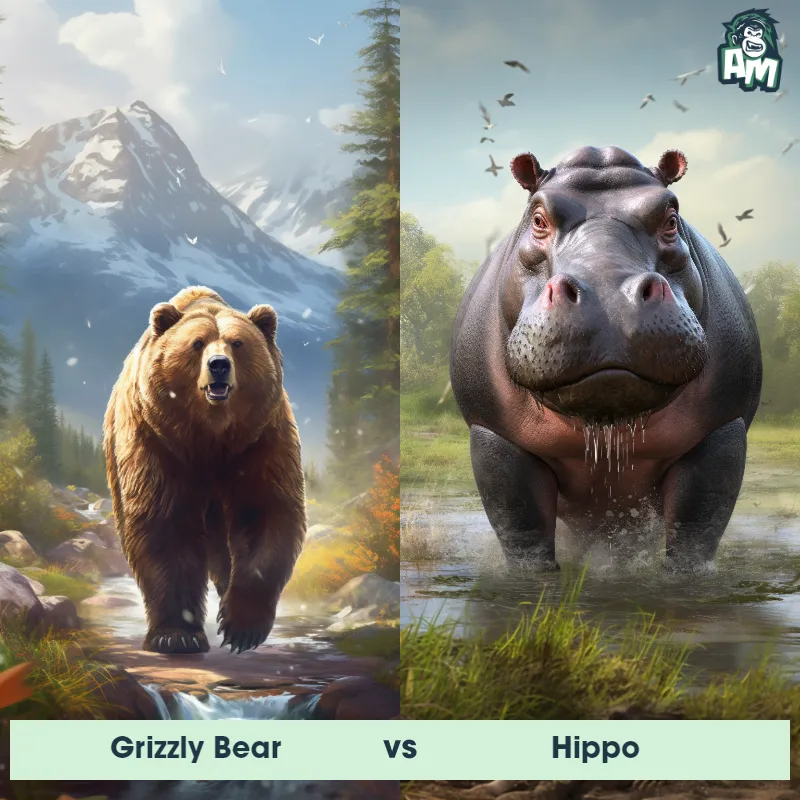Snow Leopard vs Polar BearSee Who Wins

Ladies and gentlemen, in this unparalleled matchup, we have two titans of the animal kingdom. On one side, we have the agile and swift Snow Leopard, a master of mountainous terrain and quick strikes. On the other, we have the colossal Polar Bear, known for its immense strength and resilience in the harshest of conditions. These two predators are set to face off in a three-round battle, testing their strength, agility, and strategy. Let's dive right into the action.
Contender 1: Snow Leopard
The Snow Leopard, also known as the "Ghost of the Mountains," is a large cat native to the mountain ranges of Central and South Asia. They have a thick, grayish-white fur coat with black spots that helps them blend into their snowy habitat. Snow Leopards have powerful legs and can jump up to 50 feet in one leap. They are also known for their long, bushy tails that help them maintain balance while navigating steep terrain.
Fun Fact: Snow Leopards are excellent climbers and can scale steep cliffs and rocky terrain with ease, thanks to their powerful legs and large paws that act like natural snowshoes.
Contender 2: Polar Bear
The Polar Bear, also known as the Ursus maritimus, is a large carnivorous mammal that inhabits the Arctic region. They have a thick white fur coat that helps them blend in with their snowy surroundings, and their large paws are equipped with sharp claws that allow them to grip onto ice and catch prey. Polar Bears are excellent swimmers and can swim for long distances in search of food. They are also known for their incredible sense of smell, which they use to detect prey from miles away.
![[object Object] Gif](https://tenor.com/view/fight-mission-critical-nat-geo-wild-scuffle-brawl-gif-20524033.gif)
Fun Fact: Polar Bears have a layer of fat that can be up to 4.5 inches thick, which helps them stay warm in the frigid Arctic temperatures.
Matchup Stats
| Snow Leopard | Polar Bear | |
|---|---|---|
| Size | 2-2.5 feet (60-75 cm) at the shoulder | 8-10 feet (2.4-3 meters) |
| Weight | 60-120 pounds (27-54 kg) | 900-1,600 pounds (408-725 kilograms) |
| Speed | Speed: 40 mph (64.37 km/hr) | Speed: 25 mph (40 km/hr) |
| Key Strength | Powerful legs and sharp claws | Powerful jaws and sharp claws |
| Biggest Weakness | Vulnerable to larger predators | Slow movement on land |
Current Votes
Snow Leopard vs Polar Bear
See Who Wins
Match Highlights
View More Matches
Looking For More?
Similar Matches
Scientific Stats
| Snow Leopard | Polar Bear | |
|---|---|---|
| Scientific Name | Panthera uncia | Ursus maritimus |
| Family | Felidae | Ursidae |
| Habitat | Mountain ranges | Arctic region |
| Geography | Central and South Asia | Arctic Circle |
| Diet | Mainly wild sheep and goats | Carnivorous, primarily seals |
| Lifespan | 10 years - 12 years | 20 years - 30 years |
Key Differences between Snow Leopard and Polar Bear
- Habitat: Polar Bears inhabit the Arctic regions, primarily living on sea ice and near coastlines, while Snow Leopards are found in the mountainous regions of Central and South Asia, residing in alpine meadows and rocky slopes.
- Size: The Polar Bear is significantly larger than the Snow Leopard, with adult males reaching a weight of up to 1,500 pounds, while Snow Leopards typically weigh between 60 and 120 pounds.
- Fur color: The Polar Bear has a white or creamy white fur, which helps it blend in with its icy environment, while the Snow Leopard has a light gray or white coat with black rosette markings.
- Tail length: The Snow Leopard has a long and thick tail, measuring around 80-105 cm (31-41 inches), which helps with balance and acts as a blanket to cover its face in extreme cold, while the Polar Bear has a shorter tail, measuring around 7-13 cm (2.7-5.1 inches).
- Facial features: The Polar Bear has a broad and flat face with small eyes and rounded ears, whereas the Snow Leopard has a more elongated face with large eyes and small, rounded ears.
- Body shape: The Polar Bear has a stocky and muscular body with a large head, while the Snow Leopard has a more slender and agile body, designed for climbing steep mountainous terrain.



